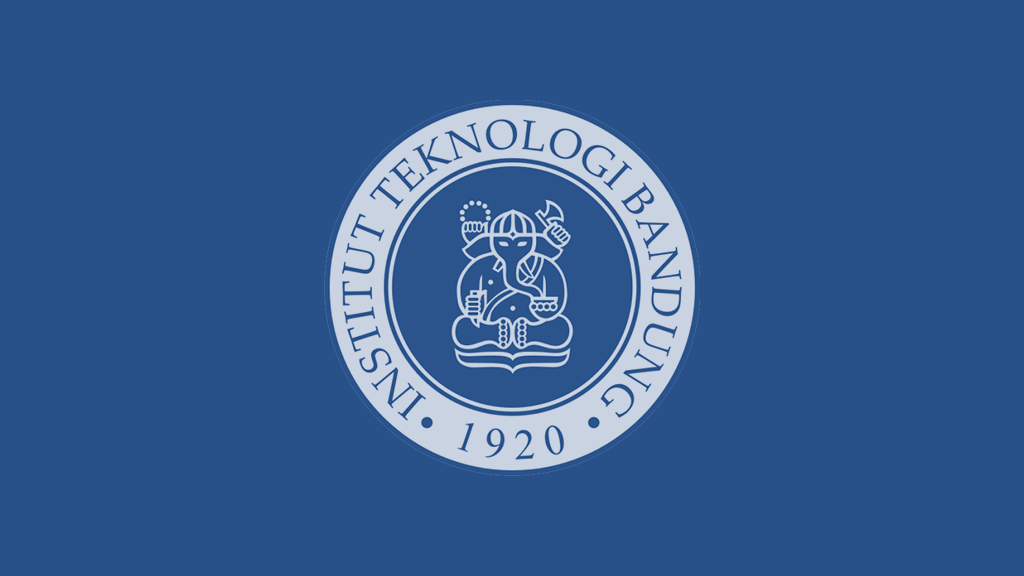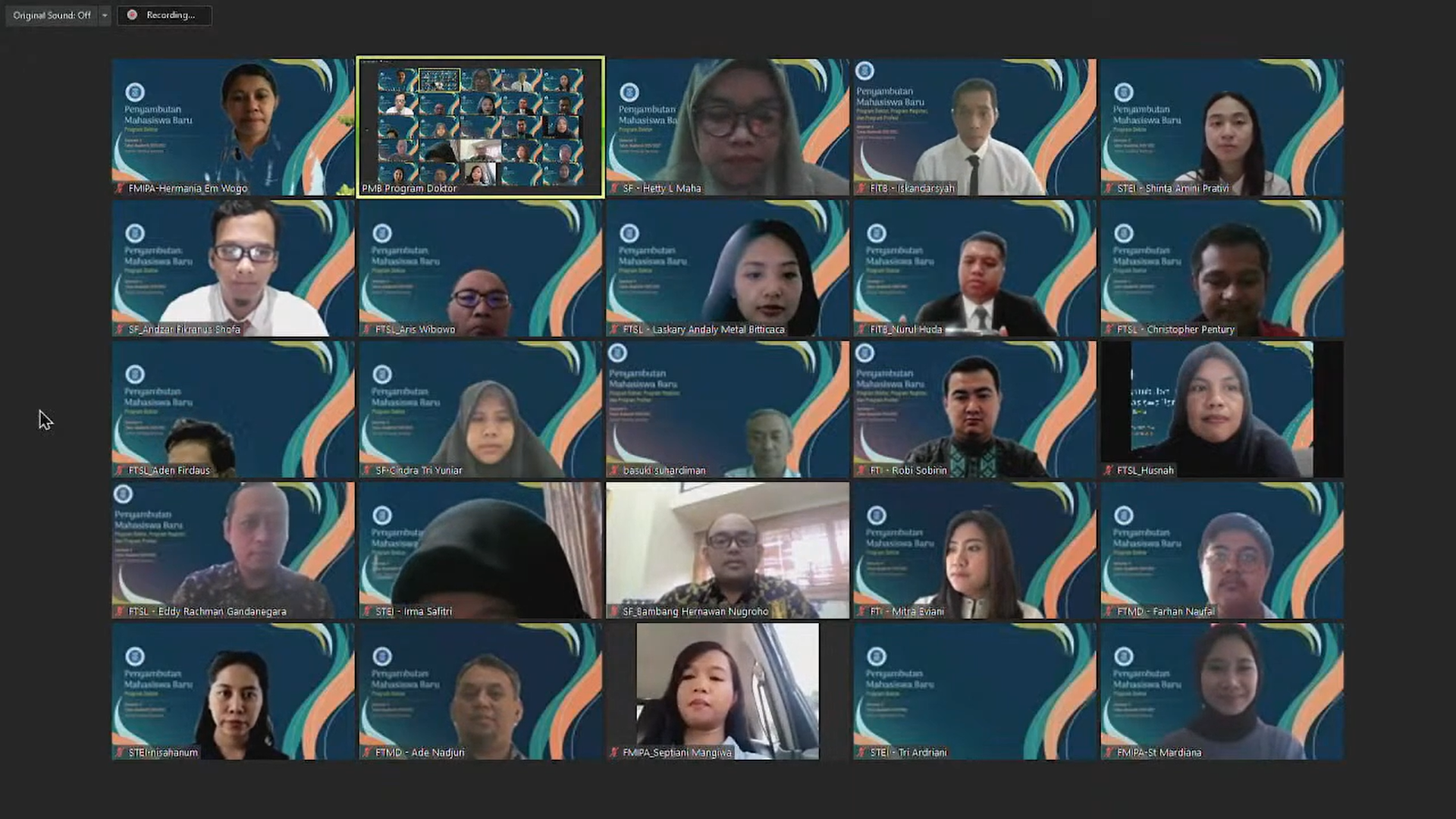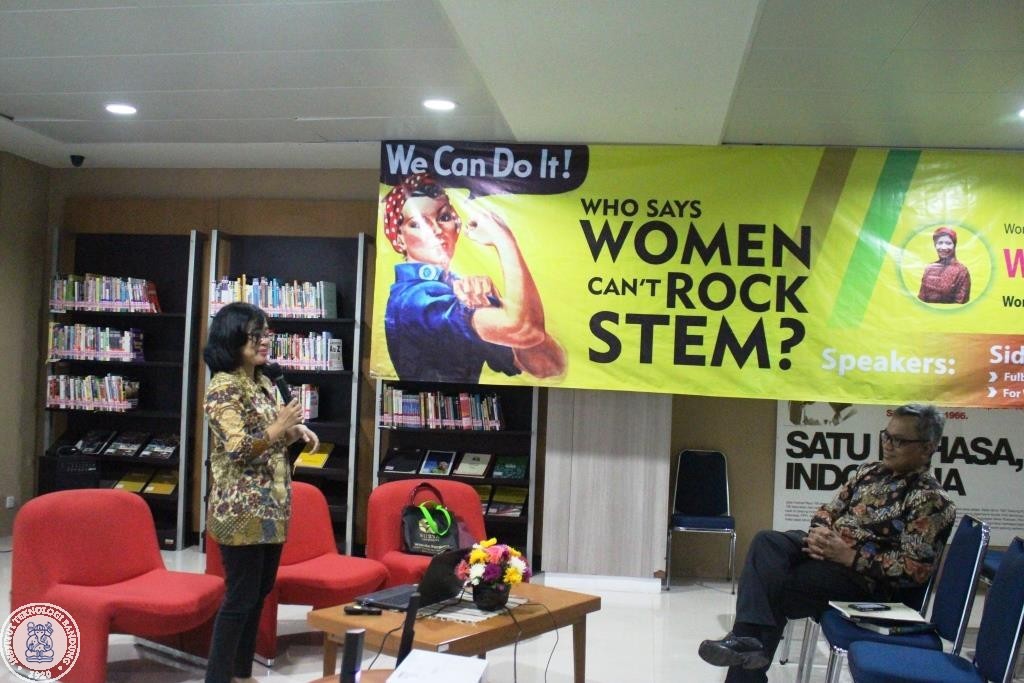Two ITB Researchers Participate in Oceanic Research Aboard Chinese Vessel
By Gabriella Alodia -
Editor M. Naufal Hafizh, S.S.

JAKARTA, itb.ac.id – Two researchers from Institut Teknologi Bandung (ITB), along with nine other researchers from BRIN, Gadjah Mada University (UGM), University of Indonesia (UI), and China, departed from Tanjung Priok Port to conduct research on biodiversity and marine geology in the southern waters of Sumba Island on Sunday (August 10, 2025).
The research, conducted aboard the research vessel R/V Tan Kah Kee owned by Xiamen University, is an initiative of the Second Institute of Oceanography (SIO), China, in collaboration with BRIN, UGM, and the Indonesian Endowment Fund for Education Agency (LPDP).
The research focuses on the collision zone between the Australian Continental Plate and the Eurasian Plate, and its impact on geological hazards. Various geophysical methods will be employed, including floating passive-source seismometers, active-source ocean bottom seismometers (OBS), ocean bottom electro-magnetometers (OBEM), as well as geological methods involving the collection and analysis of seafloor sediment samples.

Among the participating researchers, Gabriella Alodia, S.T., M.Sc., Ph.D., from the Hydrography Research Group, Faculty of Earth Sciences and Technology (FITB), ITB, will focus on the observation of supporting data. This includes seabed morphology analysis using a multibeam echosounder, gravity observations using a marine gravimeter, and determining the positions of OBS and OBEM instruments, which will be deployed at depths of two to six kilometers in the Indian Ocean using acoustic methods.
Meanwhile, Dr. Alvina Kusumadewi Kuncoro from the Earth Physics and Complex Systems Research Group, Faculty of Mathematics and Natural Sciences (FMIPA), ITB, will focus on two-dimensional physics-based numerical geodynamic modeling of the survey area. The resulting geodynamic model will be validated using observational data from the nearest global navigation satellite system (GNSS) framework, seismic profiles obtained from OBS data, and the distribution of local earthquakes.
This scientific expedition will last for 16 days, with the vessel scheduled to return to Tanjung Priok Port on August 26, 2025.
.jpg)
This joint research is expected to enhance national marine and oceanic research capacity through international scientific collaboration, provide accurate data and information on biodiversity and geological resources in Indonesian waters to inform policy decisions for sustainable exploration and utilization in support of national priorities, and educate and train the younger generation of marine and ocean researchers through hands-on experience under the guidance of senior researchers and technicians.
The Indonesian researchers, funded through the Riset dan Inovasi untuk Indonesia Maju (RIIM) Invitational scheme, are also expected to maintain networks and continue collaboration to accelerate the development of Indonesia's marine and ocean research ecosystem.

.jpg)

.jpg)



